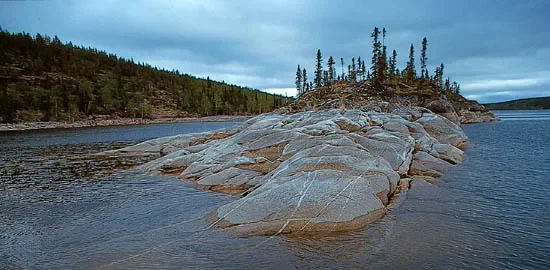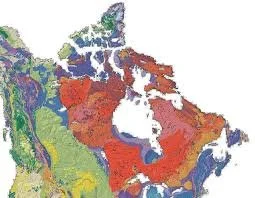Ever Wonder Why Niagara Falls Is Surrounded by So Much Great Farmland?
t all begins with the Canadian Shield—the massive slab of ancient rock that forms the foundation of most of Canada. This bedrock is among the oldest on Earth, dating back more than two billion years. In northern Canada, glaciers scraped it bare, leaving behind a rugged landscape of granite and lakes.
But as those glaciers pushed south, they carried more than ice. They ground the Shield’s rock into sand, clay, and fertile soil. When the last ice age ended—around 12,000 years ago—the retreating glaciers dropped that topsoil across Southern Ontario and Western New York. That’s why the land around Niagara is so rich, producing Concord grapes, peaches, and the vineyards that now yield award-winning wines.
Niagara today is a powerhouse of agriculture: over 1,651 farms and orchards thrive here, with two-thirds of Ontario’s tender fruit harvest coming from this region alone. Niagara’s orchards supply most of the province’s peaches, cherries, pears, plums, prunes, and grapes.
The glaciers also left behind something else. Their meltwater carved deep into the edge of the Shield—through layers of limestone and shale along the Niagara Escarpment—and in doing so, created one of the world’s natural wonders: Niagara Falls.
Image of exposed rock, part of the Canadian Shield.
Now, Niagara is more than a waterfall. It’s a region shaped by geology and ice, and celebrated by people:
🌾 Farmland nourished by glacial soil
🍇 Vineyards and wineries around Niagara-on-the-Lake
🍽 Michelin-starred restaurants showcasing the bounty of the region
🌊 And at the center of it all, the thunder of the Falls
The story of Niagara is the story of the Canadian Shield itself—ancient rock, glaciers, and the fertile land they left behind. So when you stand at the edge of Niagara Falls, you’re not just witnessing water tumbling over a cliff. You’re standing inside the legacy of ice and stone—a land carved by glaciers, and still feeding both body and spirit today.




